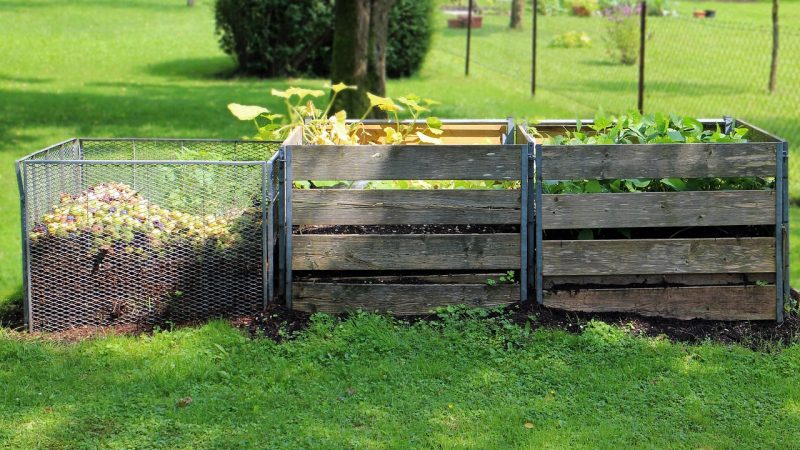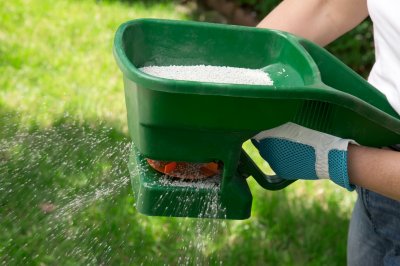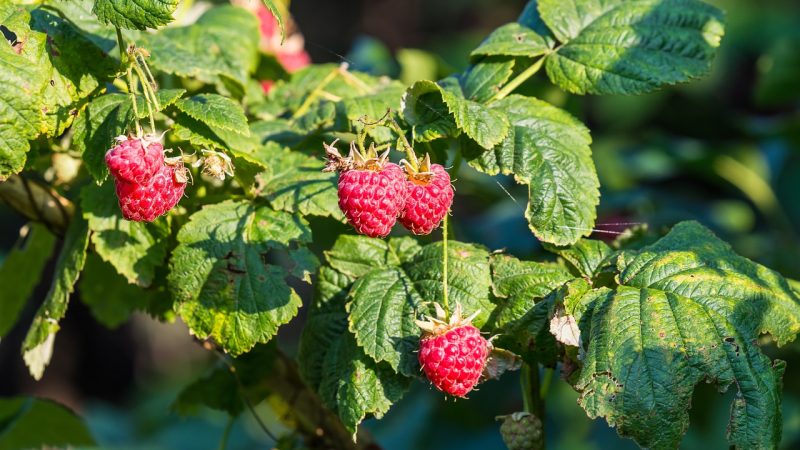Sowing corn (maize) can be a rewarding experience, whether you’re growing it in a large field or a small garden plot. Corn is a warm-season crop that requires a bit of space, but with the right care, it can produce delicious and fresh ears of corn. Here are some tips for sowing corn:
**1. Choose the Right Variety: There are various corn varieties available, including sweet corn, popcorn, and field corn. Choose a variety that suits your taste and intended use. Sweet corn is the most popular for home gardens as it is eaten fresh.
**2. Timing: Corn is a warm-season crop, so it’s essential to plant it after the last frost date in your area when the soil has warmed up. In most regions, this is in late spring or early summer.
**3. Soil Preparation:
- Corn prefers well-draining soil with good fertility. Work the soil to a depth of at least 8 inches, removing rocks, weeds, and debris.
- Add compost or well-rotted manure to the soil before planting to improve its nutrient content.
**4. Spacing:
- Corn is wind-pollinated, so it is best planted in blocks or multiple rows to ensure good pollination.
- Plant seeds in rows, with each seed spaced about 9-12 inches apart. Space rows approximately 2-3 feet apart.
**5. Planting Depth:
- Plant corn seeds about 1-2 inches deep in the soil. Planting too shallow can result in poor germination, while planting too deep can delay emergence.
**6. Fertilization:
- Corn is a heavy feeder, so providing adequate nutrients is crucial for healthy growth.
- Side-dress the corn with a balanced fertilizer when the plants are about knee-high (around 12 inches tall) and again when they are about waist-high (around 24 inches tall).
**7. Watering:
- Corn requires regular and consistent watering, especially during periods of dry weather.
- Water deeply to ensure the roots have access to moisture. Aim for at least 1 inch of water per week, either through rainfall or irrigation.
**8. Weed Control:
- Keep the area around your corn plants weed-free. Weeds can compete with corn for nutrients and water.
- Use mulch or regular cultivation to suppress weed growth.
**9. Supporting Tall Varieties:
- Some corn varieties can grow quite tall and may need support to prevent lodging (falling over).
- You can gently tie the stalks together with twine or use stakes for support if needed.
**10. Harvesting:
- Corn is ready to harvest when the ears are fully filled out and the kernels release a milky liquid when punctured with a fingernail.
- Harvest sweet corn in the morning when sugar levels are highest for the best flavor.
With these tips, you can successfully sow and grow corn in your garden. Remember that corn is a heavy feeder, so providing adequate nutrients and water is essential for achieving a bountiful harvest. Enjoy the process of watching your corn plants grow and eventually savoring the delicious taste of fresh, homegrown corn!








